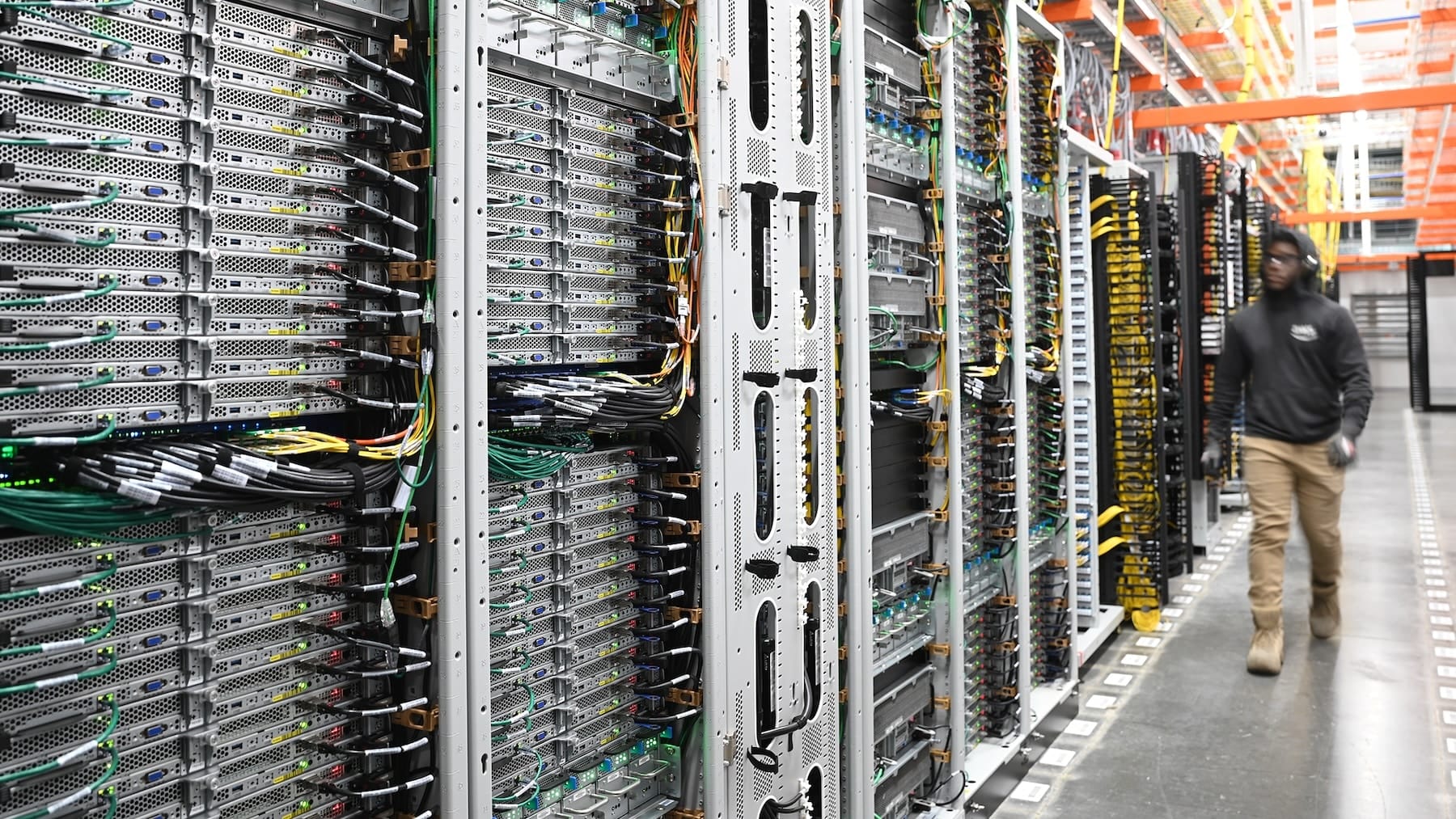Amazon Web Services (AWS) has officially announced the launch of AWS Transform, an innovative platform powered by agent-based AI designed to simplify, accelerate, and reduce risks in modernization projects for legacy environments, including mainframes and VMware-based workloads.
This development comes at a critical time for many organizations that, despite the rise of cloud computing and generative artificial intelligence, continue to rely on traditional infrastructures like IBM z/OS or on-premises VMware environments, which complicate scalability, increase costs, and limit technological innovation.
An AI Specialized in Large-Scale Modernization
AWS Transform is not a conventional tool. It is the first agent-based AI service specifically designed to modernize mainframes and VMware environments, combining intelligent automation, code transformation, technical documentation generation, and workflows with human intervention (“human-in-the-loop”).
Mainframe Modernization with AWS Transform
Among its most notable features for mainframes, AWS Transform allows:
- Automatic COBOL code analysis and other legacy languages, generating dependency maps, complexity measurements, and component relationships.
- Automated technical and functional documentation, accessible via an AI-based conversational interface.
- Extraction of business logic in natural language, facilitating process understanding even for non-technical profiles.
- Massive code refactoring, transforming COBOL applications and VSAM/DB2 databases into modern applications in Java Spring Boot, web services, or Groovy scripts.
- Optimized wave migration planning through dependency analysis, code volume, and business priorities.
- Custom deployment templates that include runtime versions and accelerate the transition to cloud environments.
According to AWS, this solution can reduce modernization timelines from years to months, something unthinkable with traditional methodologies.
Transformation of VMware Workloads
With recent changes in VMware’s licensing policy, many companies are looking for alternatives. However, migrating complex, fragmented environments with accumulated technical debt presents multiple challenges.
AWS Transform responds with an AI capable of automating:
- VMware inventory discovery
- Dependency and network mapping
- Conversion of network configurations to AWS-native constructs
- EC2 instance optimization
- Orchestration of migration waves based on dependencies
The entire process is managed from a collaborative web interface, allowing technical teams, partners, and clients to stay synchronized.
How to Get Started with AWS Transform
To use the service, you need to set up AWS IAM Identity Center and define permission policies. Once enabled, users can:
- Import data from tools like RVTools or automatically collect it with AWS Application Discovery Service.
- Configure networks and deploy VPCs in target accounts.
- Integrate with AWS Application Migration Service (MGN) to initiate wave migrations, including customized EC2 instance configurations.
During the process, progress can be monitored from a centralized dashboard.
Key Advantages of AWS Transform
- Time savings: comprehensive automation of analysis, documentation, refactoring, and deployment.
- Risk reduction: AI-based planning and human-AI collaboration.
- Seamless modernization: maintains operational continuity during the transition.
- Unified and collaborative interface: for distributed teams and complex projects.
Availability and Pricing
- AWS Transform for Mainframe is now available in the US East (N. Virginia) and Europe (Frankfurt) regions.
- For VMware, availability varies based on the type of data collection and migration.
- Currently, AWS offers core functionalities at no additional cost for customers.
Conclusion
With AWS Transform, Amazon is launching a disruptive proposal that combines advanced artificial intelligence, automation, and human expertise to tackle the challenge of modernizing legacy platforms. It’s no longer just about moving applications to the cloud but about reimagining IT infrastructure with agility, security, and future vision.
This is a clear commitment to reducing technical debt and unlocking the true potential of organizations in the post-legacy era.
via: AWS

